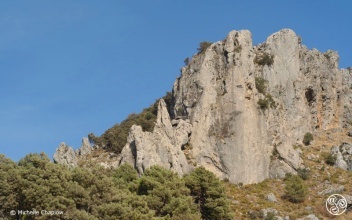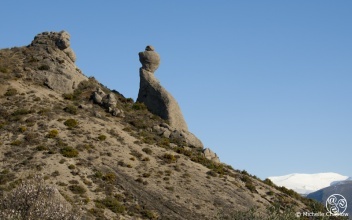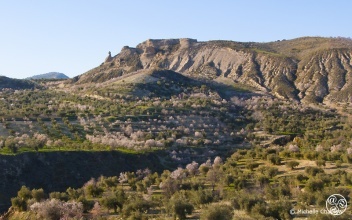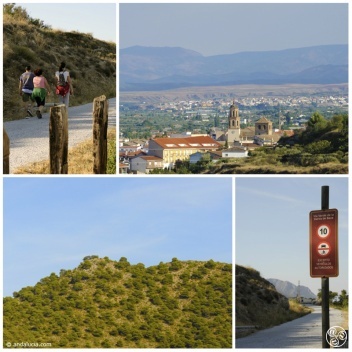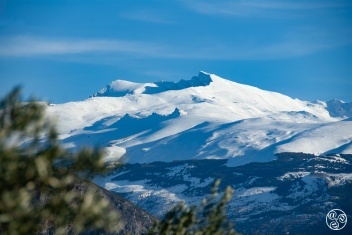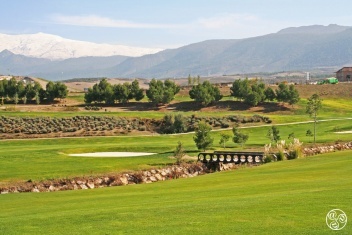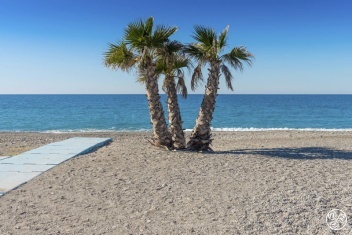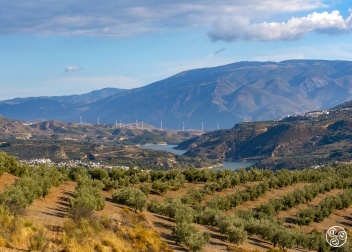Sierra de Huetor Natural Park
Designated a natural park in 1989, the 12,128ha Sierra de Huétor is only a few kilometres northeast of the provincial capital of Granada, so it is a popular weekend destination for city dwellers. The mountainous area has dramatic geological features characteristic of limestone areas, with narrow ravines, steep cliffs, springs and caves, such as the Cueva del Agua.
